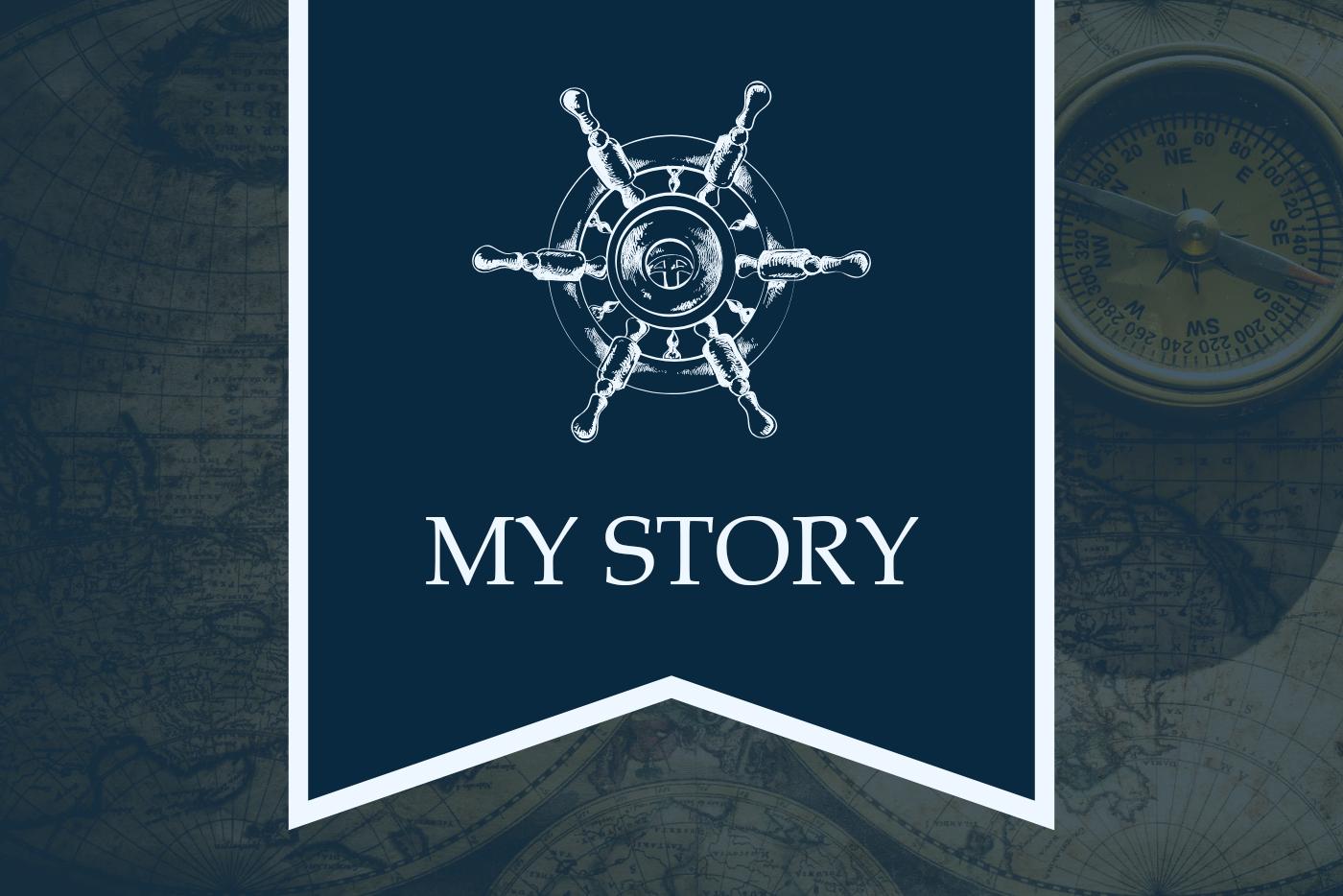Author: Robert Sisk, Intern
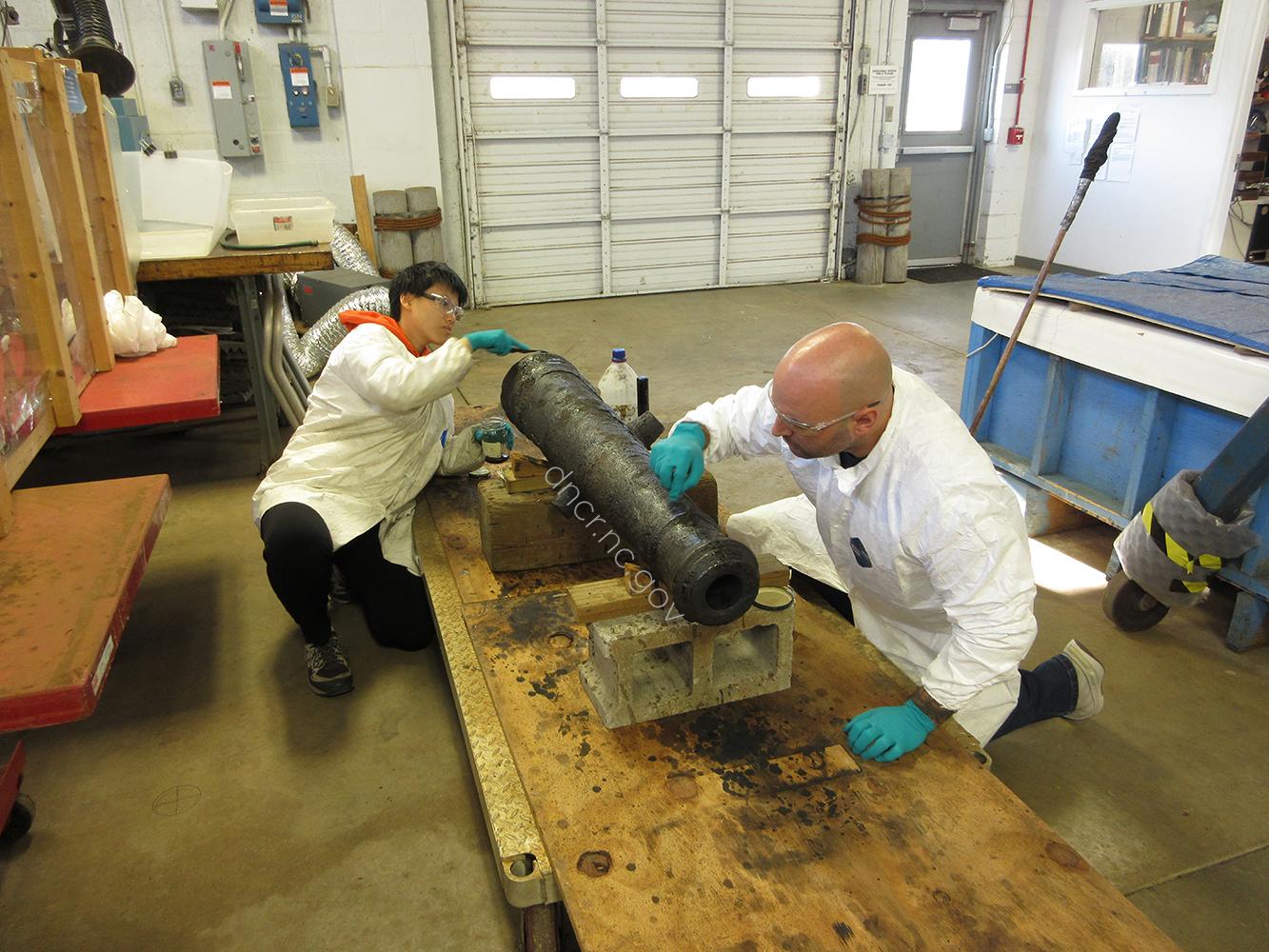
Hello, I am Robert, and last December, I had the extraordinary opportunity to contribute to the ongoing efforts at the Queen Anne’s Revenge Conservation Lab. This experience deepened my appreciation for maritime archaeology and historical preservation. This hands-on opportunity not only allowed me to engage directly with artifacts from Blackbeard’s infamous flagship but also provided me with valuable insights into the meticulous processes required to preserve these remnants of history for future generations.
I served in the military for 20 years as an airborne infantryman, with deployments to Iraq and Afghanistan. My role required precision, discipline, and leadership, particularly as the Air Noncommissioned Officer in Charge for the 2nd Brigade Combat Team 82nd Airborne Division, where I managed complex operations and mentored junior soldiers.
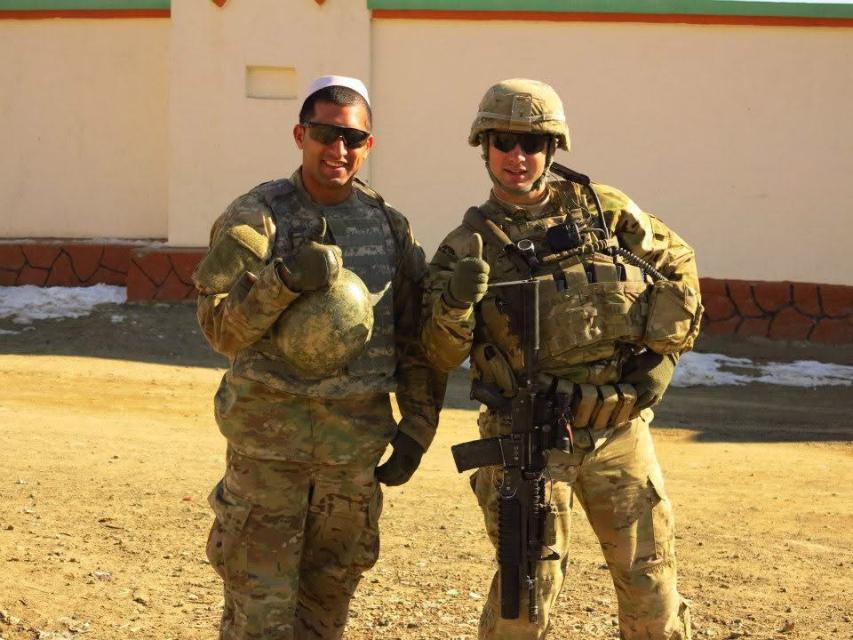
Transitioning to artifact conservation marked a significant change. While the military emphasized immediate results and operational readiness, the QAR Lab focuses on patience, detailed analysis, and preserving the past. Despite these differences, the help of the QAR team and my systematic approach proved valuable in this new environment.
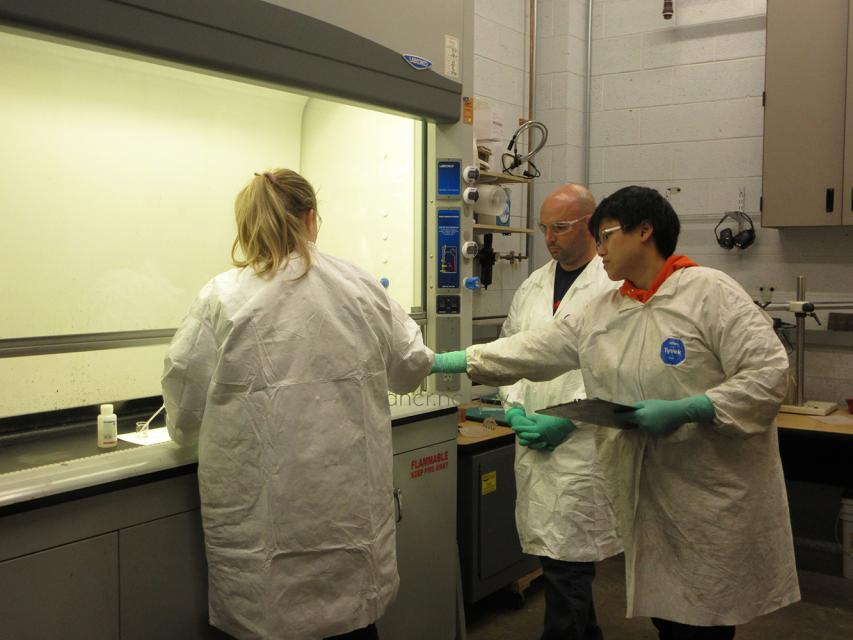
I had the opportunity to test the pH levels of water solutions used in artifact conservation, which was essential for maintaining a stable environment for long-term preservation. Monitoring pH levels taught me how slight fluctuations can affect the delicate balance needed to prevent the deterioration of these irreplaceable artifacts. In addition, I conducted polyethylene glycol testing for stabilizing waterlogged wooden artifacts, enhancing my understanding of the science behind conservation and the significance of selecting appropriate treatments based on the artifact's materials and condition. One memorable task that I was extremely excited and nervous to do was applying protective coatings to a cannon. However, by far, my favorite part was being able to help move a cannon from the North Carolina History Museum back to the QAR Lab for the duration of the museum’s closure for renovations. Wheeling that cannon through the first floor of the History Museum was a tremendous and exciting privilege.
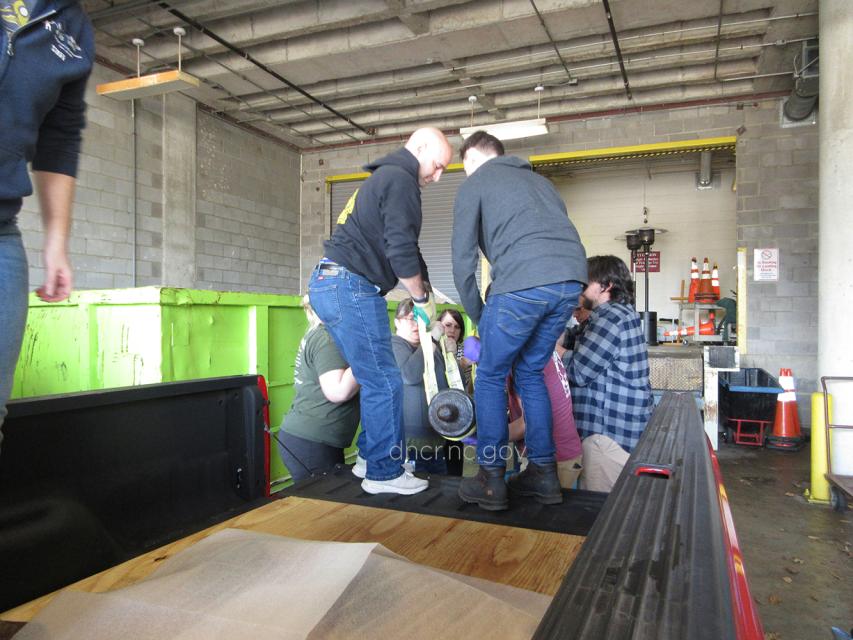
Throughout the month, I was inspired by the QAR team's kindness, dedication, and expertise. Their passion for uncovering and preserving the past motivated me and strengthened my desire to pursue a career in archaeology. This experience was both educational and rewarding, as it allowed me to play a small but meaningful role in safeguarding the legacy of Queen Anne’s Revenge. My time at the QAR Lab in December was an unforgettable chapter in my journey. Each task, from scientific testing to artifact handling, allowed me to learn and grow. I am deeply grateful for the chance to contribute to this important work.
Following his internship, Robert applied for and was accepted into ECU’s Program in Maritime Studies! We are always so excited to find our what comes next for our dedicated interns and volunteers, and we look forward to still seeing him around the lab in the years to come!
Images:
-Robert (right) applying protective coatings to a cannon. Image by NC Department of Natural and Cultural Resources.
-Robert (right) during his time in the US Army. Image by Robert Sisk. Used with permission.
-Robert assisting with solution testing. Image by NC Department of Natural and Cultural Resources.
-Robert assisting with the removal of cannon C22 from the Museum of History. Image by NC Department of Natural and Cultural Resources.

